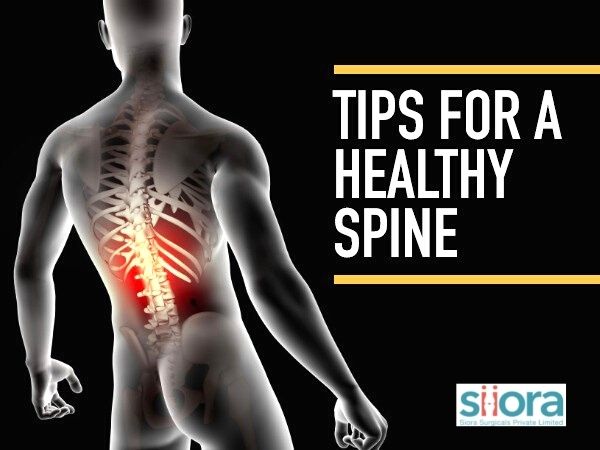The food we eat is the best source of vitamins, minerals, and other nutrients required by our body for the growth of healthy cells. Therefore, doctors always suggest taking a complete and healthy diet during the treatment of any illness or after surgeries. Numerous types of nutrients are there that perform various functions in our body.
A complete diet plays a vital role in serious surgical procedures like the one performed to treat fractures and involves the use of Orthopaedic Implants and Instruments. Though best medicines are prescribed by the surgeon to ensure better recovery, a healthy and complete diet just enhances their performance and prepares the body for normal functioning. In this post, we will talk about the benefits of one of the key nutrients required for the growth of healthy bones. The one we are talking about is Omega-3 fatty acid. Let us dive deep into the topic.
What Are Omega-3 Fatty Acids?
Omega 3 fatty acid is a type of essential fatty acid that performs numerous functions for our body. They help reduce the risk of cardiovascular diseases, assist in improving joint aching, and protect the brain from cognitive conditions. Above all, they also help protect bones from conditions like osteoporosis.
If we specifically talk about the importance of omega 3 fatty acids for bones, then there are many. Let us discuss this in detail.
Omega-3 Fatty Acids and Bone Health
There are certain health benefits associated with omega 3 fatty acids, let us discuss this in detail.
Protect Bones from Inflammation
Inflammation of bones activates osteoclasts, the cells that cause the breakdown of bones. Certain food items that are rich in omega 3 & 6 fatty acids have anti-inflammatory effects that protect bones from damage caused by inflammation.
Eicosapentaenoic Acid (EPA) and Docosahexaenoic Acid (DHA) are two types of omega-3 fatty acids that have the ability to turn down inflammatory signals thus, protect the inflammation of bones while preventing excessive bone loss.
Helps Build Bones Instead of Fat
Omega 3 fatty acids have the property of building osteoblasts, cells that build bones. Having optimum amounts of omega 3s promotes the formation of osteoblasts from mesenchymal cells as a lack of these fatty acids may result in the formation of adipocytes, the fat cells from mesenchymal cells.
Reduces the Risk of Osteoporosis
Osteoporosis is a condition characterized by porous and fragile bones. People suffering from this condition become highly prone to fractures. This condition is common in people above 50.
Now, those who have optimum amounts of omega 3s in their diet have a lower risk of developing osteoporosis by maintaining bone density and reducing the chances of excessive bone deterioration.
For the content source, contact Siora Surgicals Pvt. Ltd., an Indian-FDA-approved orthopedic device manufacturer. Having expertise in producing hundreds of types of trauma implants, the company serves around 130 national and international distributors. Siora is proud to have many clients that are associated with the company since its inception. To add some more to the list, the company is looking to become one of the most reliable suppliers of Orthopedic Implants Thailand.












